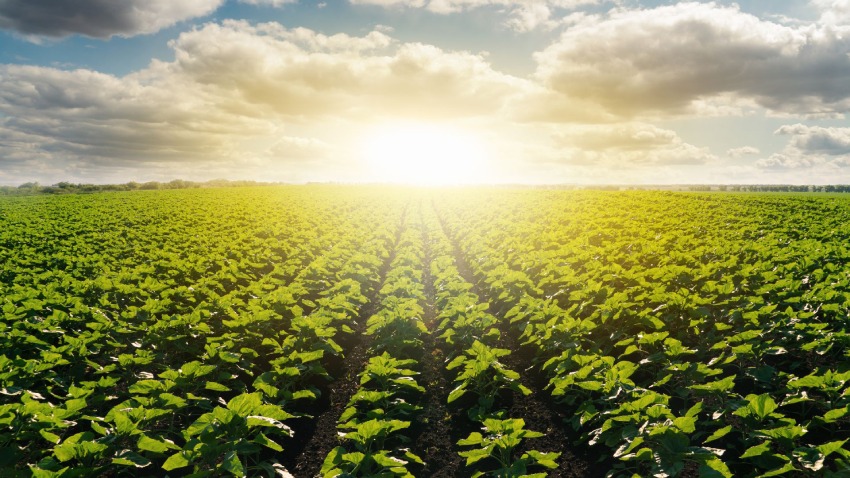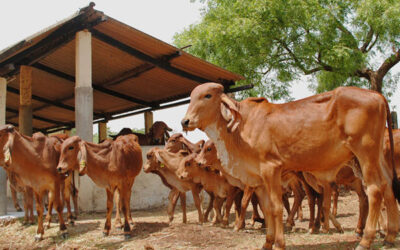Integrated Pest Management
Integrated Pest Management is a sustainable and holistic approach to managing pests that aims to minimize the use of pesticides while maximizing the benefits of natural pest control mechanisms. It involves a combination of different strategies, including cultural, biological, and chemical control methods, to reduce pest populations and prevent economic losses.
Integrated Pest Management takes into account the ecology of the pest species and the environment in which they live, as well as the impact of pest control measures on non-target organisms, human health, and the environment. The goal of integrated pest management is to use the most effective and least harmful pest control methods, while minimizing the risk of pesticide resistance and environmental pollution.
Some examples of IPM strategies include:
Cultural control methods: These involve using farming practices to prevent pest infestations, such as crop rotation, planting resistant varieties, and maintaining healthy soil conditions.
Biological control methods: These involve using natural predators, parasites, and pathogens to control pest populations, such as introducing beneficial insects or using microbial pesticides.
Chemical control methods: These involve using pesticides as a last resort and only when other control methods have failed. The use of pesticides should be carefully planned, using the least toxic options, and with consideration for the potential impact on non-target organisms.
Monitoring and decision-making: Regular monitoring of pest populations and their impact on crops is important in integrated pest management This allows farmers to make informed decisions about when and how to apply pest control measures.
Overall Integrated Pest Management is a flexible and adaptable approach to pest management that can be tailored to the specific needs and challenges of each farm or crop. It provides a sustainable and environmentally responsible alternative to conventional pest control methods.
Integrated Pest Management is not a single pest management method, but rather a set of pest management assessments, decisions, and controls. When using IPM, farmers and agricultural advisors who are aware of the potential of a pest infestation take a four-step approach.

Establish action thresholds
Before taking pest control action, IPM establishes an action threshold, a point at which pest populations or environmental conditions indicate that pest control action must be taken. The sighting of a single pest does not always mean that control is required. The extent to which pests become an economic threat is critical to future pest control decisions.
Monitoring and identifying pests
Not all insects, weeds, and other living organisms need to be controlled. Many organisms are harmless, and some are even beneficial. IPM monitors and accurately identifies pests so that appropriate control decisions can be made in conjunction with action thresholds. This monitoring and identification optimizes the use of pesticides to conserve beneficial organisms and control pests.
Prevention
First and foremost in pest management are the programs of IPM, which aim to manage crops so that pests do not become a threat in the first place. This can mean using farming practices such as rotating between crops, selecting pest-resistant varieties, and planting pest-free rootstocks. These control methods can be very effective and cost-efficient and pose little to no risk to humans or the environment.
Control
Once monitoring, identification, and action thresholds indicate that pest control is needed, IPM programs allow selection of the appropriate control method in terms of both effectiveness and risk. Initially, effective, lower-risk pest control methods are selected, including highly effective chemicals such as pheromones to disrupt pest mating or mechanical control methods such as trapping or weeding. If further monitoring, identifications, and action thresholds indicate that less risky controls are not working,
Check Our Videos for more details



